Flight of fancy: the Piaggio Avanti EVO propels itself away from identikit jets
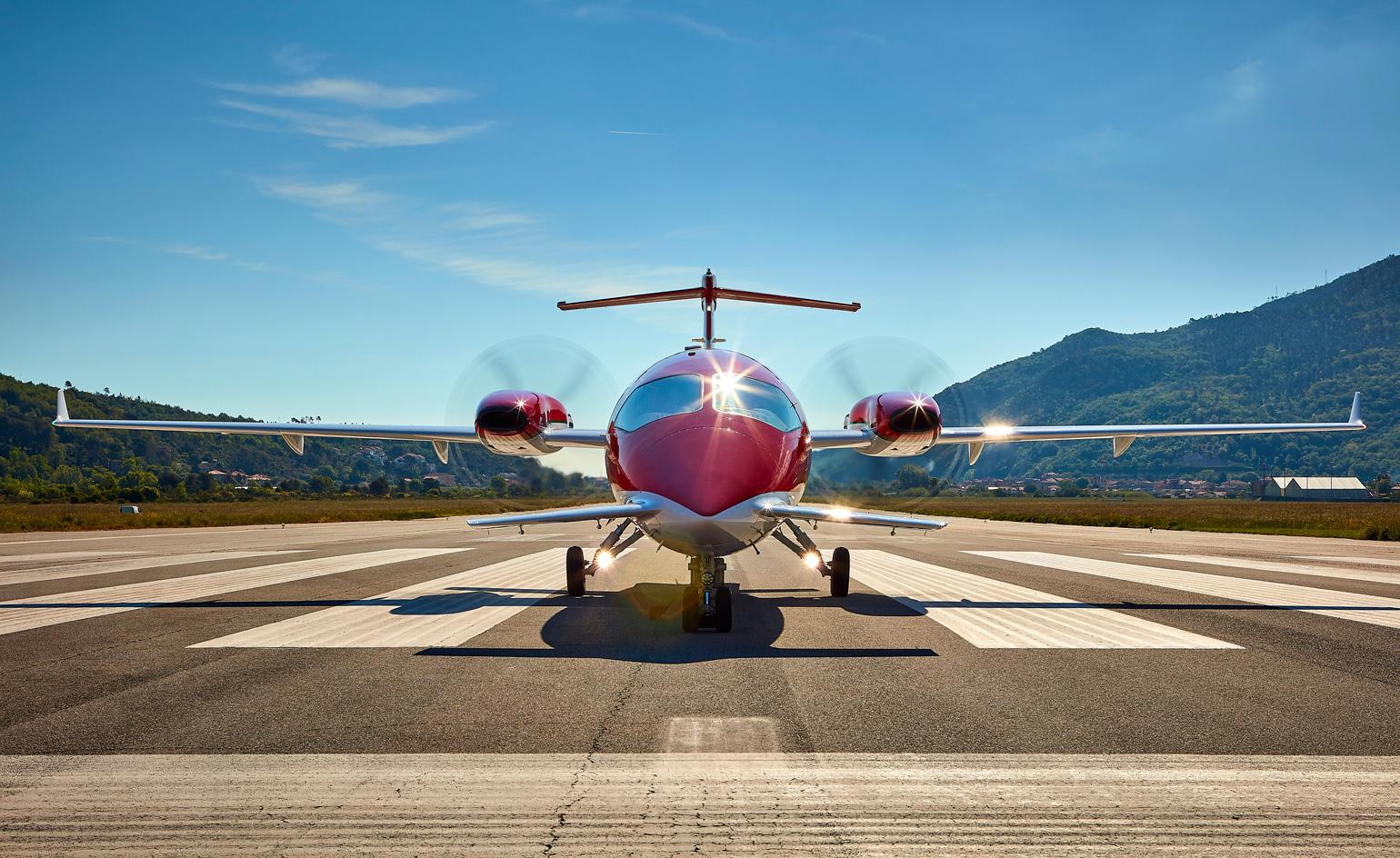
Time and design stand still in the aviation market. The massive cost of development and tight legislatory requirements ensure that new aircraft come to market in a trickle, rather than a flood. Incremental improvements, overhauls and upgrades ensure that once a fundamental form is fixed, it is able to endure for decades. Boeing’s 747 made its debut at the tail-end of the 60s and most estimates suggest the design will still be flying in the 2030s and 40s. Cessna’s 172 is the VW Beetle of the air, still in production after over 60 years.
Italian manufacturer Piaggio first flew the original P180 Avanti back in 1986, returning with a major upgrade in 2004 and then another round of improvements in 2015. That latest version of the aircraft is the Avanti EVO, and in the world of business aviation it still counts as something shiny and new.
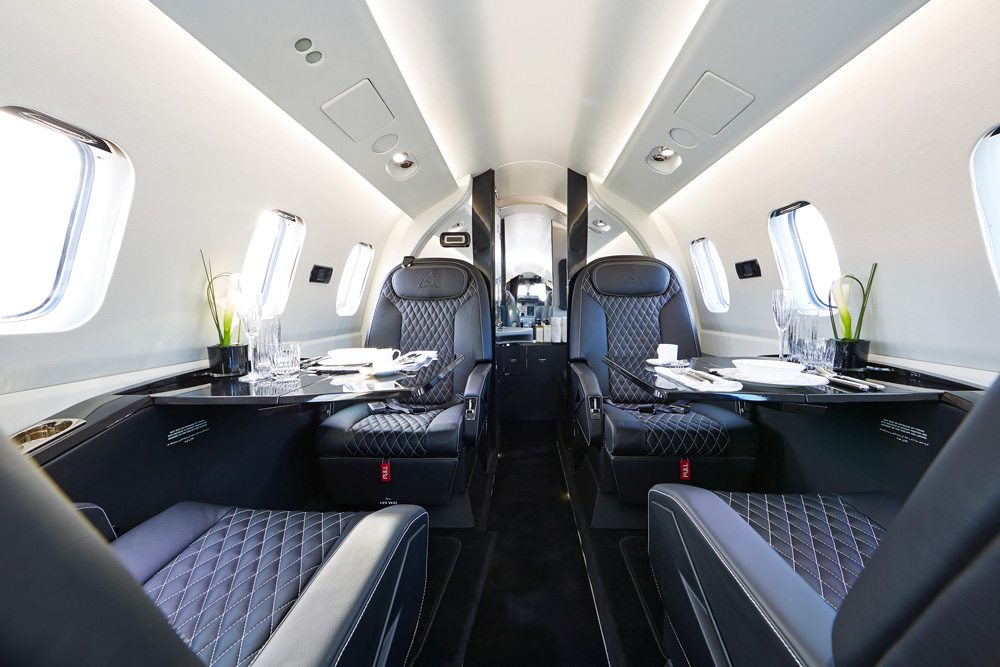
Cabin view of the Piaggio Avanti EVO, featuring Poltrona Frau leather
We recently took a short hop around Kent in the EVO, courtesy of the company’s exclusive UK distributor, ConnectJets. The EVO has genuine presence, standing out from the current crop of identikit business jets for two reasons. For a start, it’s propeller-powered, rather than using jets. Two, the fuselage is unlike anything else on the market. With a large rear wing and two pushing propellers and distinctive small ‘canard’ wings at the front, the EVO is as distinctive as it is elegant. Inside, Poltrona Frau leather abounds, and although it’s not a full-height cabin, it’s pretty good for the class, especially in six-person configuration.
Manufactured in Piaggio’s factory on the Italian Riviera, the EVO is a singularly beautiful piece of aviation design, the left field choice of CEOs who care about style as well as the bottom line. For a time, Ferrari ran an Avanti (the company has Ferrari connections), and it offers numerous advantages, such as cabin space, fuel efficiency and a 1700 nautical mile range. The EVO has lost the distinctive sound of the Avanti 2, but there’s still a certain romance in resorting to the original form of propulsion. Coupled with the undeniable elegance of that fuselage, and the Piaggio EVO is the airborne equivalent of an Italian sports car.
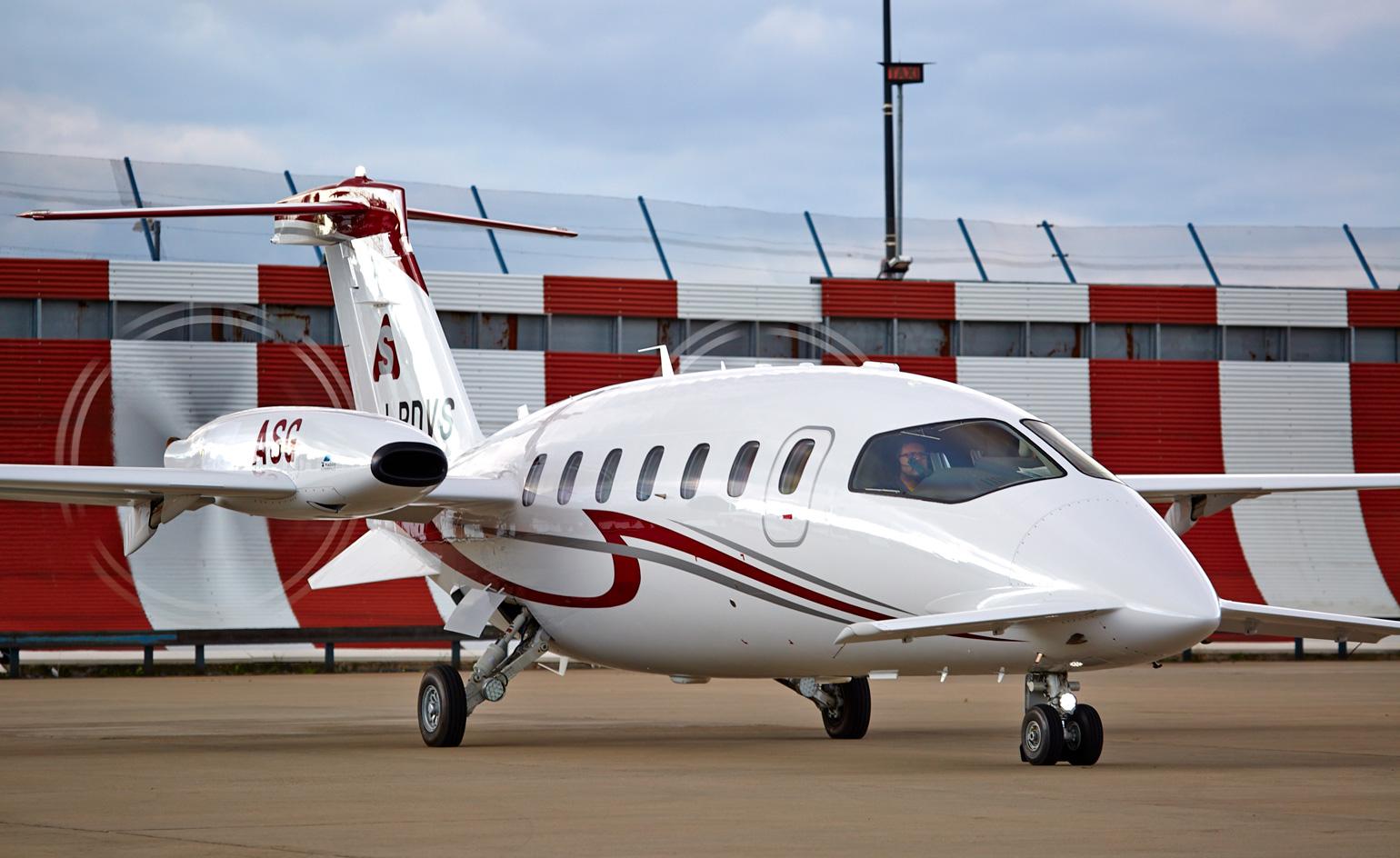
The private plane features large rear wings, two pushing propellers and distinctive small ‘canard’ wings at the front
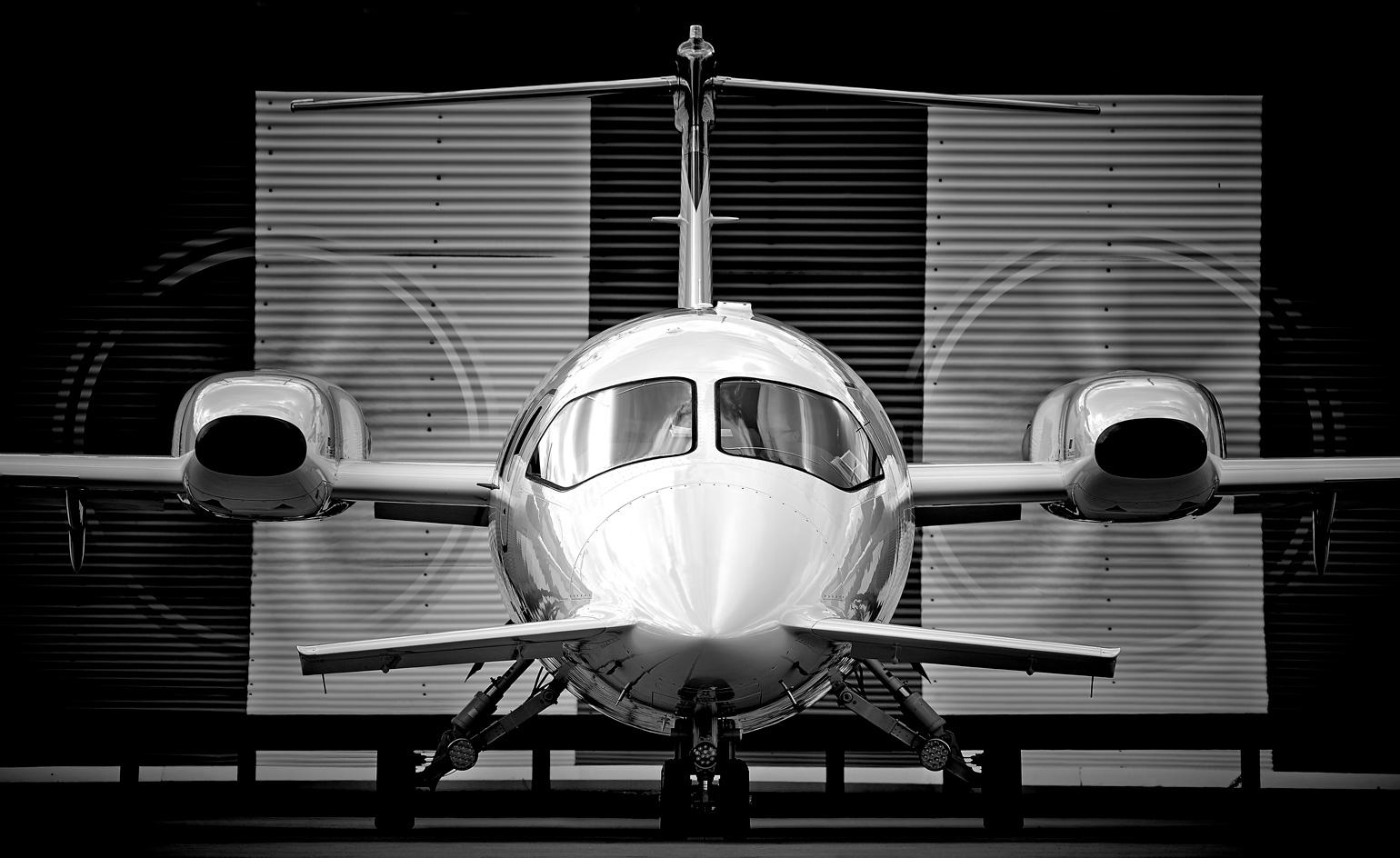
Manufactured in Piaggio’s factory on the Italian Riviera, the EVO is a singularly beautiful piece of aviation design
INFORMATION
For more information, visit the Piaggio Avanti EVO website and the ConnectJets website
Wallpaper* Newsletter
Receive our daily digest of inspiration, escapism and design stories from around the world direct to your inbox.
Jonathan Bell has written for Wallpaper* magazine since 1999, covering everything from architecture and transport design to books, tech and graphic design. He is now the magazine’s Transport and Technology Editor. Jonathan has written and edited 15 books, including Concept Car Design, 21st Century House, and The New Modern House. He is also the host of Wallpaper’s first podcast.
-
 All-In is the Paris-based label making full-force fashion for main character dressing
All-In is the Paris-based label making full-force fashion for main character dressingPart of our monthly Uprising series, Wallpaper* meets Benjamin Barron and Bror August Vestbø of All-In, the LVMH Prize-nominated label which bases its collections on a riotous cast of characters – real and imagined
By Orla Brennan
-
 Maserati joins forces with Giorgetti for a turbo-charged relationship
Maserati joins forces with Giorgetti for a turbo-charged relationshipAnnouncing their marriage during Milan Design Week, the brands unveiled a collection, a car and a long term commitment
By Hugo Macdonald
-
 Through an innovative new training program, Poltrona Frau aims to safeguard Italian craft
Through an innovative new training program, Poltrona Frau aims to safeguard Italian craftThe heritage furniture manufacturer is training a new generation of leather artisans
By Cristina Kiran Piotti
-
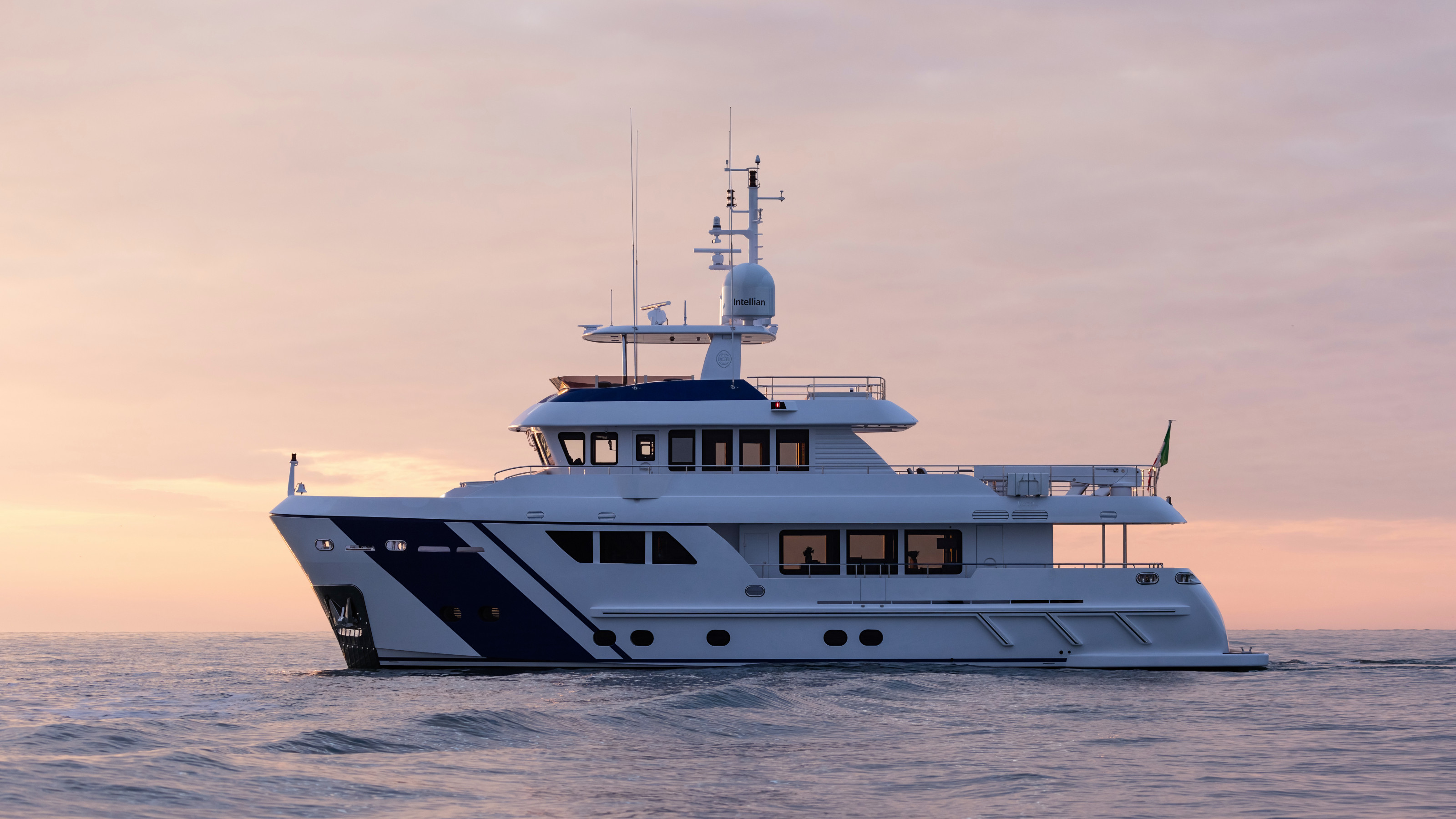 Cantiere delle Marche is an Italian shipyard with a speciality: the high-end explorer yacht
Cantiere delle Marche is an Italian shipyard with a speciality: the high-end explorer yachtWe talk to Vasco Buonpensiere, CEO of Cantiere Delle Marche, about the rise of ultra-self-sufficient, multi-purpose, long distance explorer yachts
By Josh Sims
-
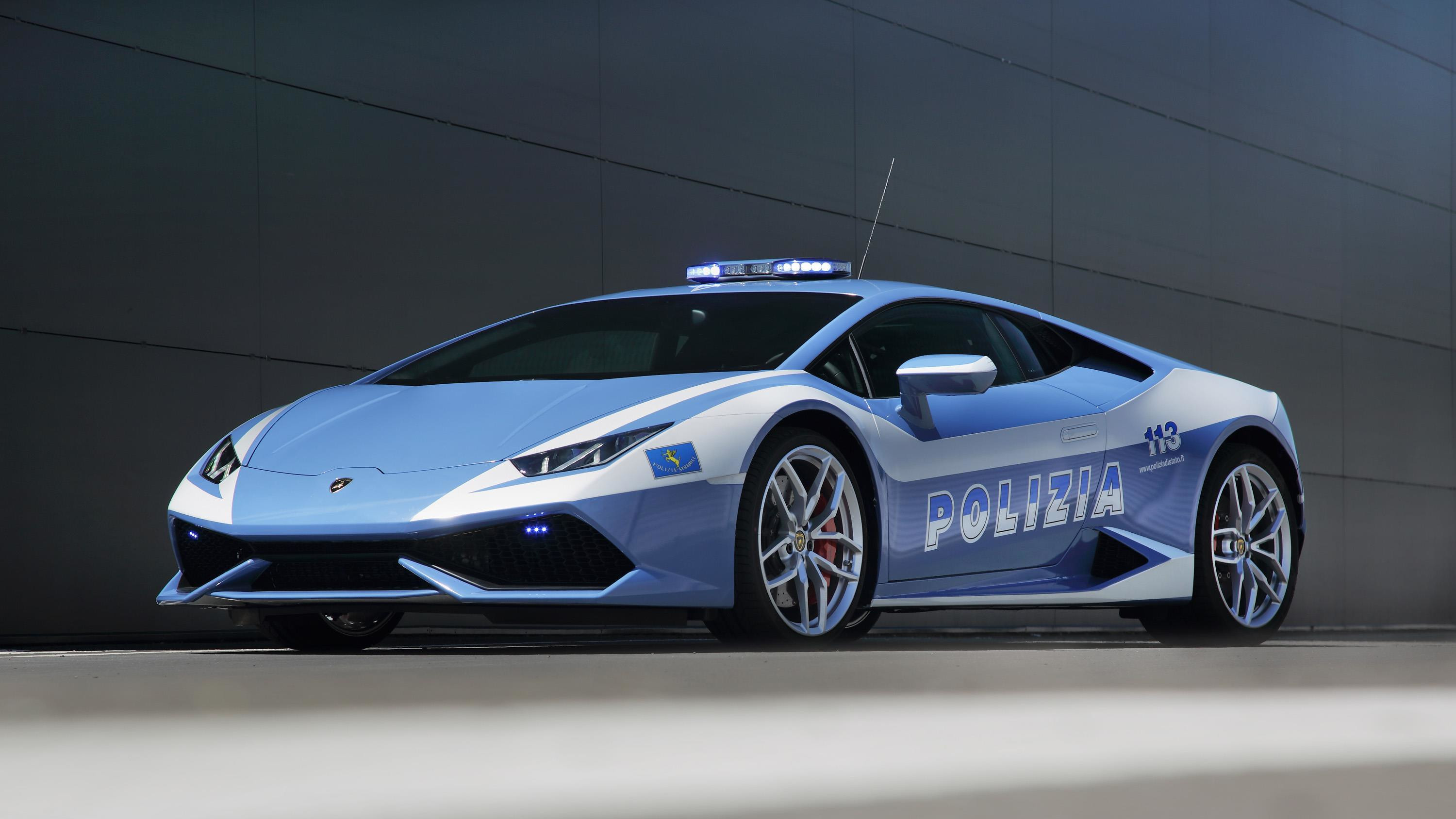 Lamborghini, fast friends with the Italian State Police for two decades
Lamborghini, fast friends with the Italian State Police for two decadesWhen the Italian police need to be somewhere fast, they turn to a long-running partnership with one of the country’s most famed sports car manufacturers, Lamborghini
By Shawn Adams
-
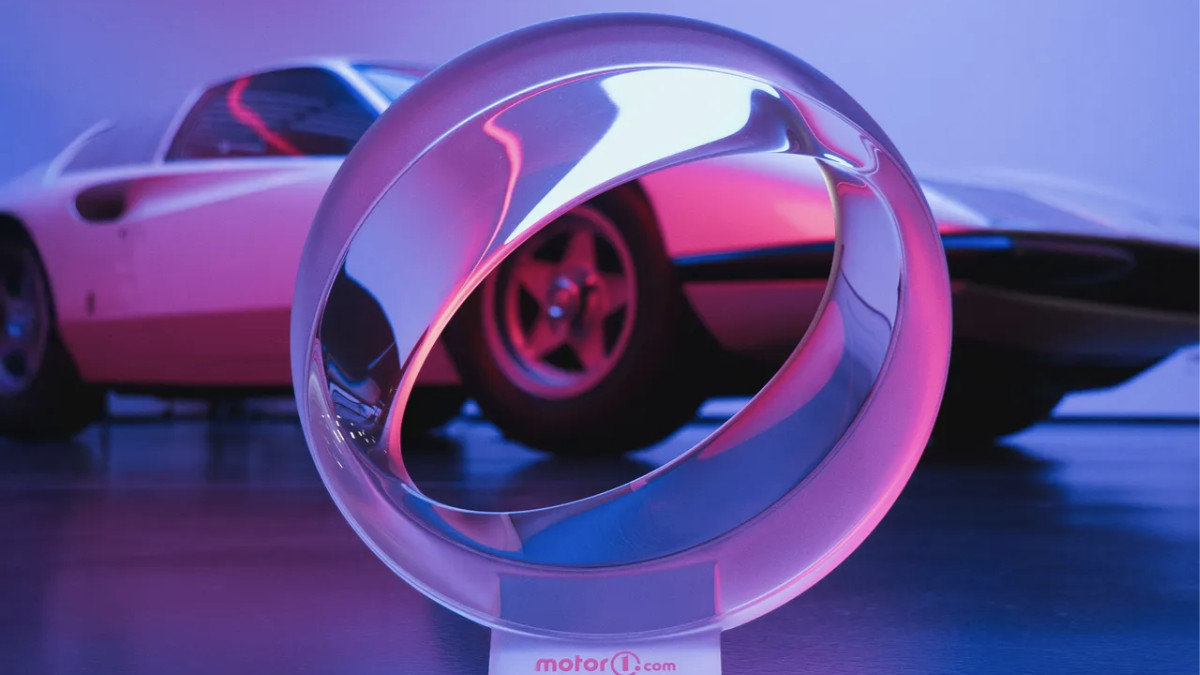 We are the world: Pininfarina’s ‘Orbis’ taps Papal support for an eco-friendly agenda
We are the world: Pininfarina’s ‘Orbis’ taps Papal support for an eco-friendly agendaThe Orbis is a ‘symbolic object’, a gift to Pope Francis from the Italian design agency at a time of political upheaval and social fracture around all aspects of sustainability
By Jonathan Bell
-
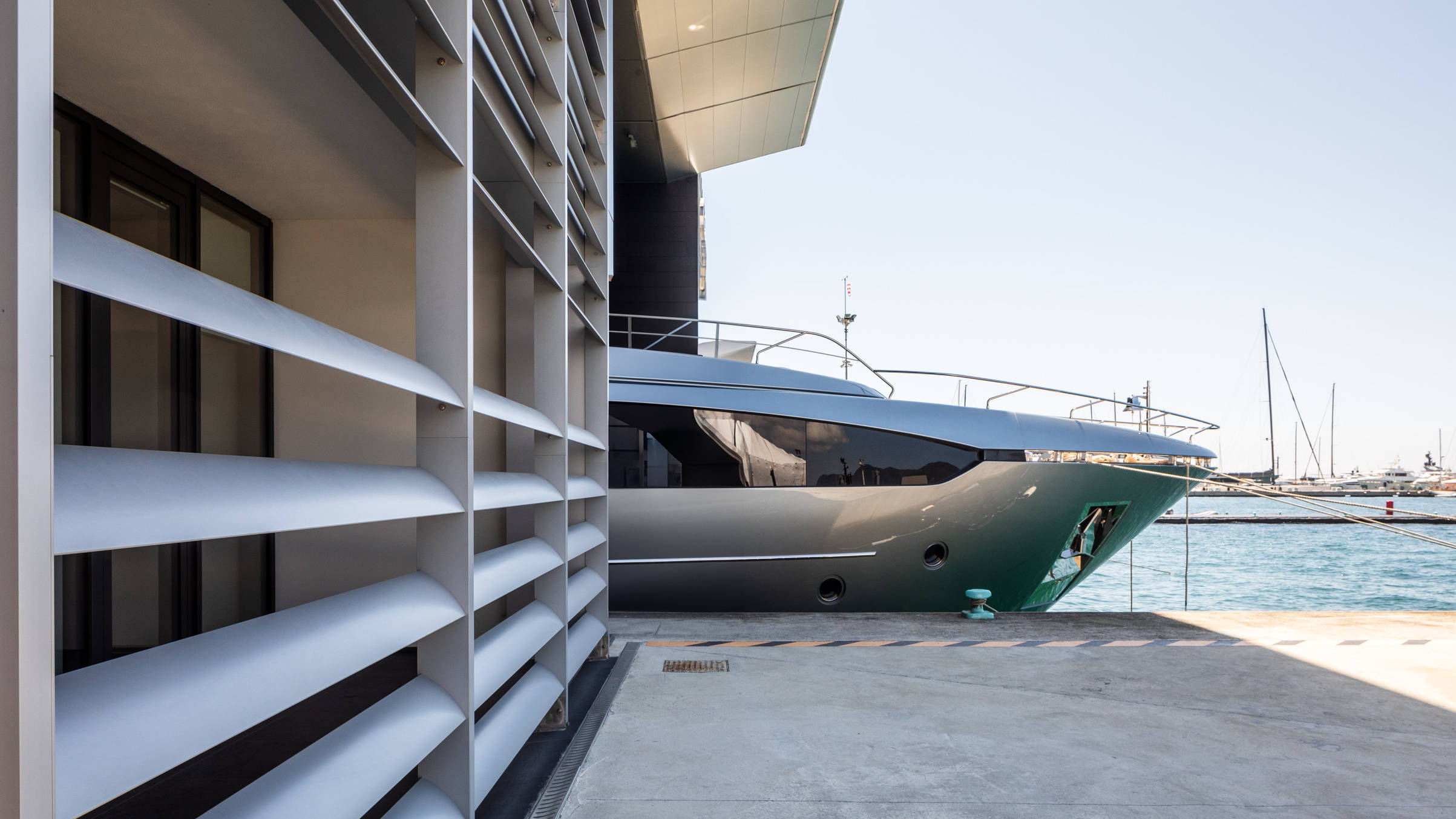 Riva Yacht’s Italian shipyard and HQ is refined and expanded courtesy of MMAA
Riva Yacht’s Italian shipyard and HQ is refined and expanded courtesy of MMAAThe home of Riva Yacht’s superyacht division on the shores of the Ligurian Sea has been transformed by Studio Manfroni e Associati di La Spezia
By Jonathan Bell
-
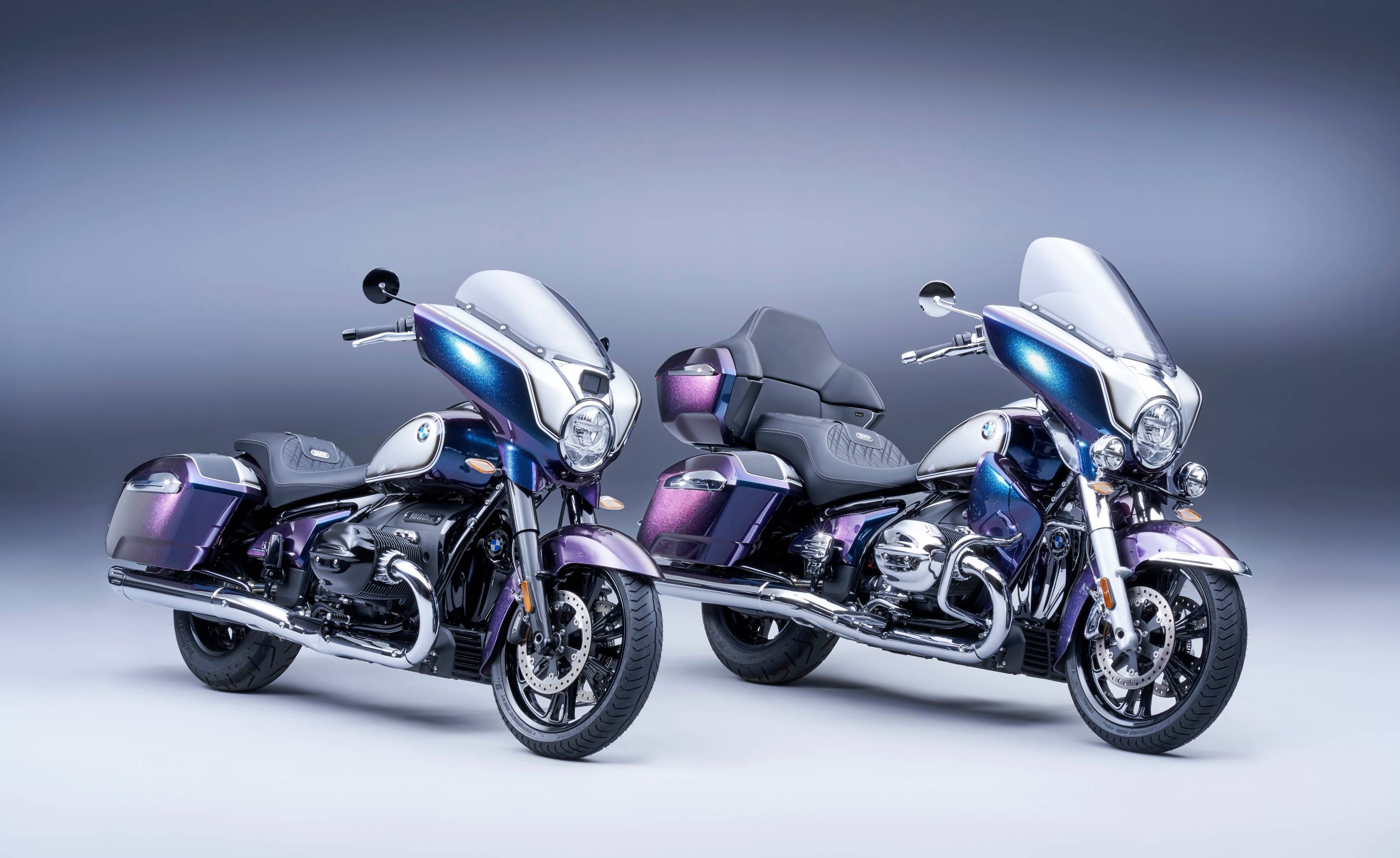 BMW Motorrad brings out the big guns for its newest cruisers
BMW Motorrad brings out the big guns for its newest cruisersBMW Motorrad R 18 Bagger and Transcontinental set the tone for high-voltage cruising with a brand collaboration with speaker specialist Marshall
By George Chapman
-
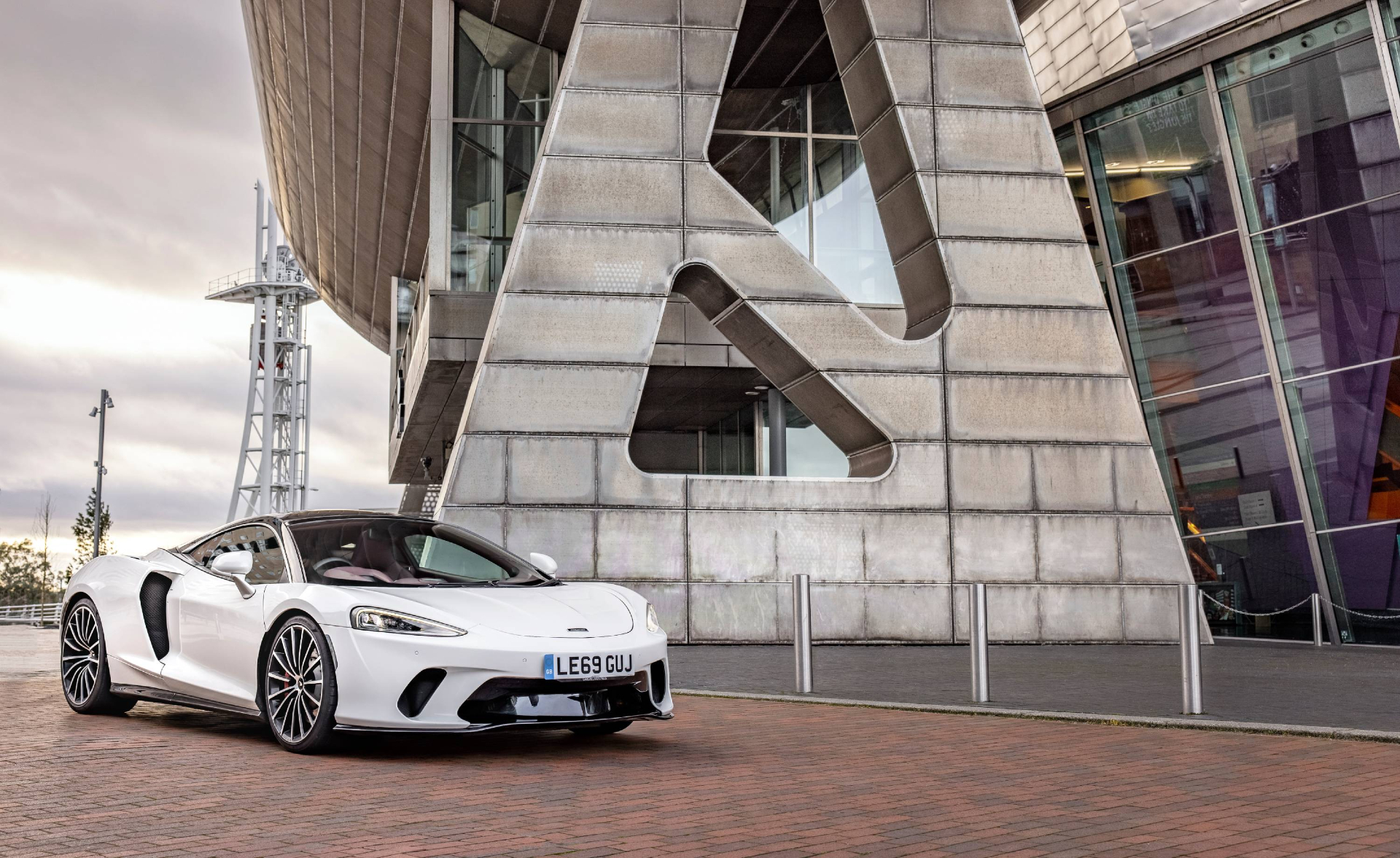 Is McLaren’s GT a sports car, a tourer, or the best of both?
Is McLaren’s GT a sports car, a tourer, or the best of both?The McLaren GT is a capable all-rounder dressed up in svelte supercar clothes. It might also be the last of its type
By Jonathan Bell
-
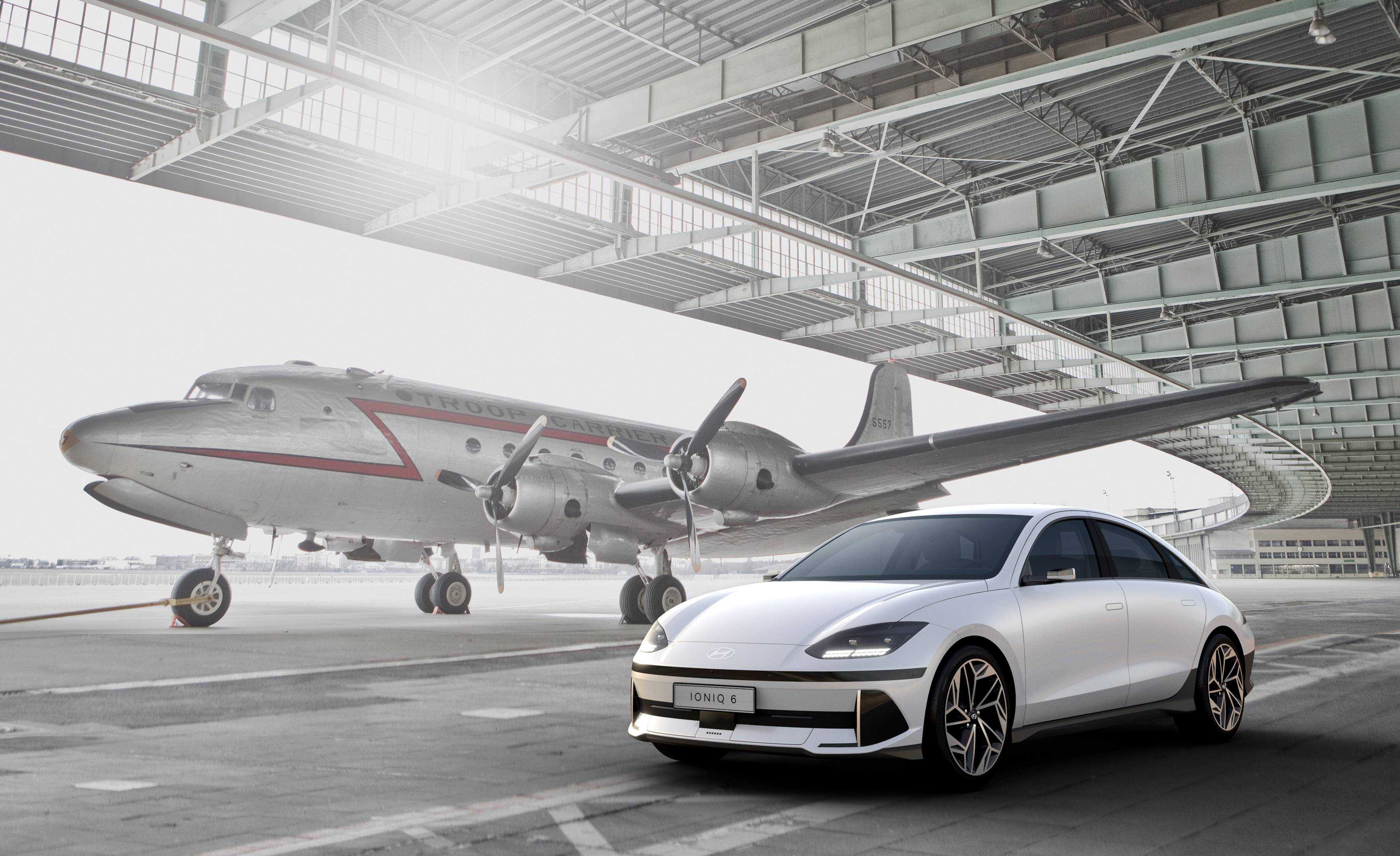 Hyundai Ioniq 6 EV is a sleek, stylish streamliner
Hyundai Ioniq 6 EV is a sleek, stylish streamlinerTake a first look at the Hyundai Ioniq 6 EV – stripped-back, streamlined, but retaining an interior that’s a ‘mindful cocoon’
By Jonathan Bell
-
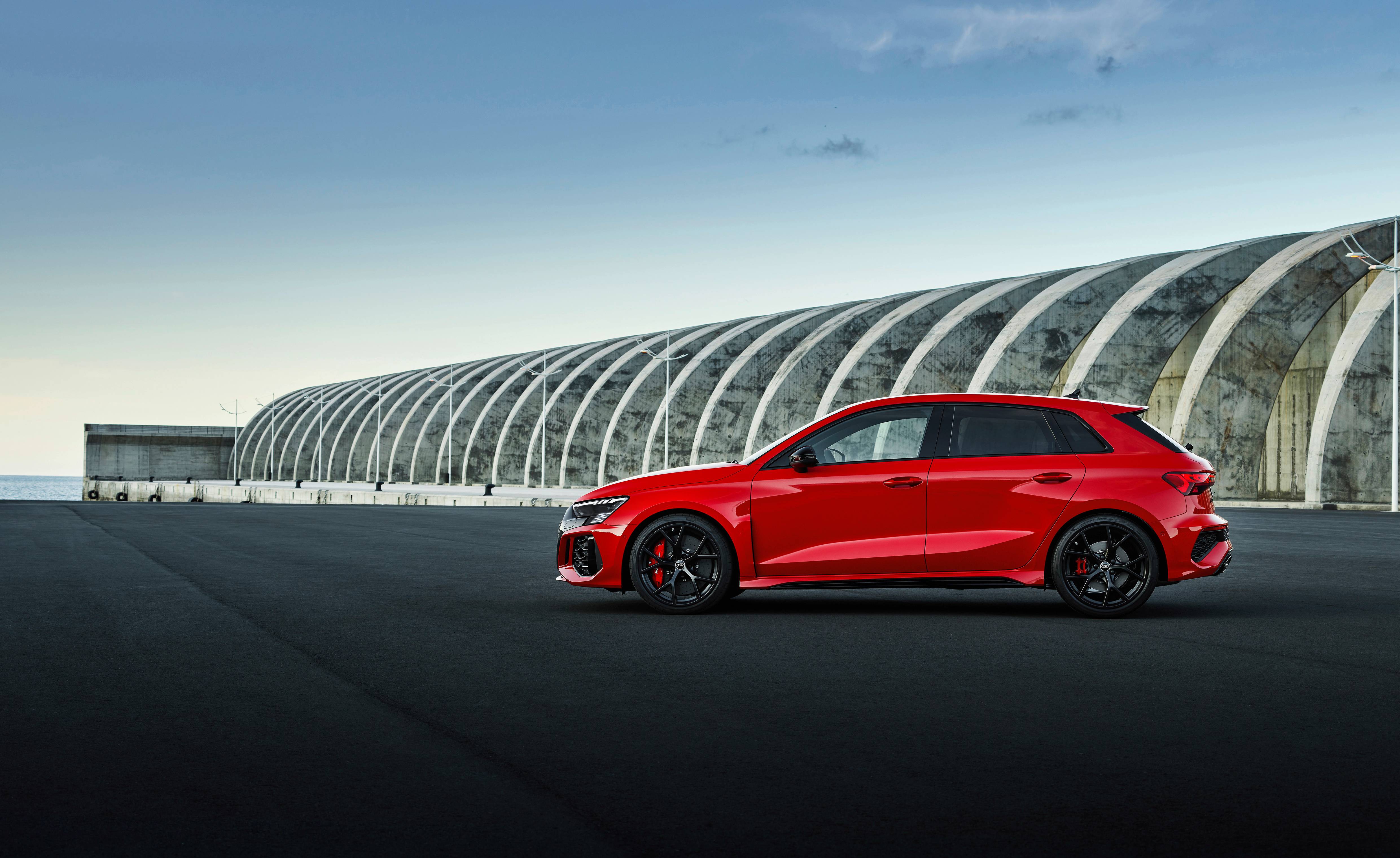 Audi RS3 Sportback is tomorrow’s classic today
Audi RS3 Sportback is tomorrow’s classic todayIt may be one of the last of its ICE kind, but cars like the Audi RS3 Sportback represent the summit of a century’s evolution – and are a convincing reminder as to how far EVs still need to evolve
By Jonathan Bell